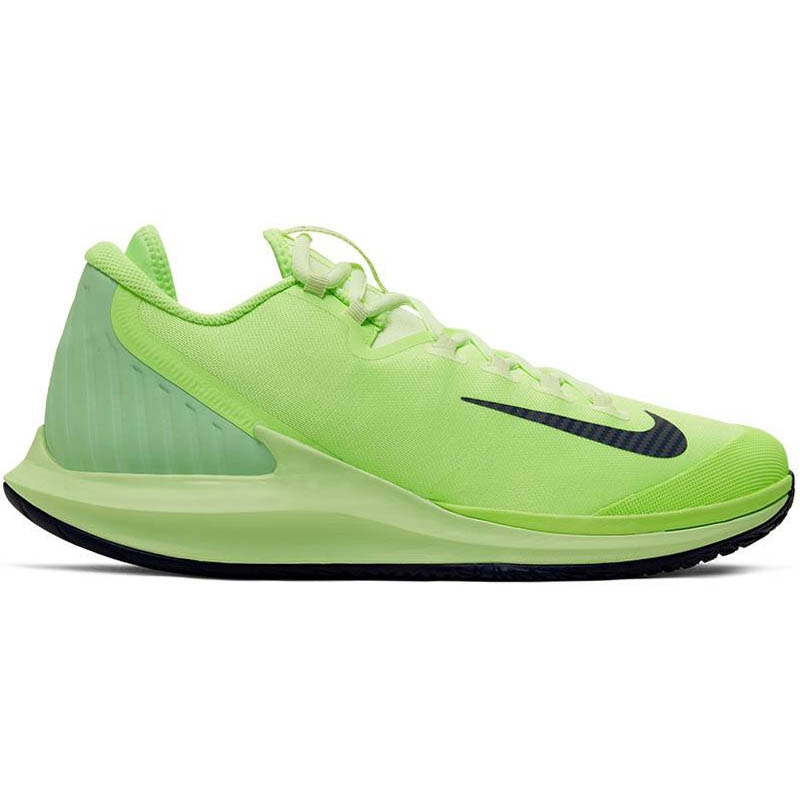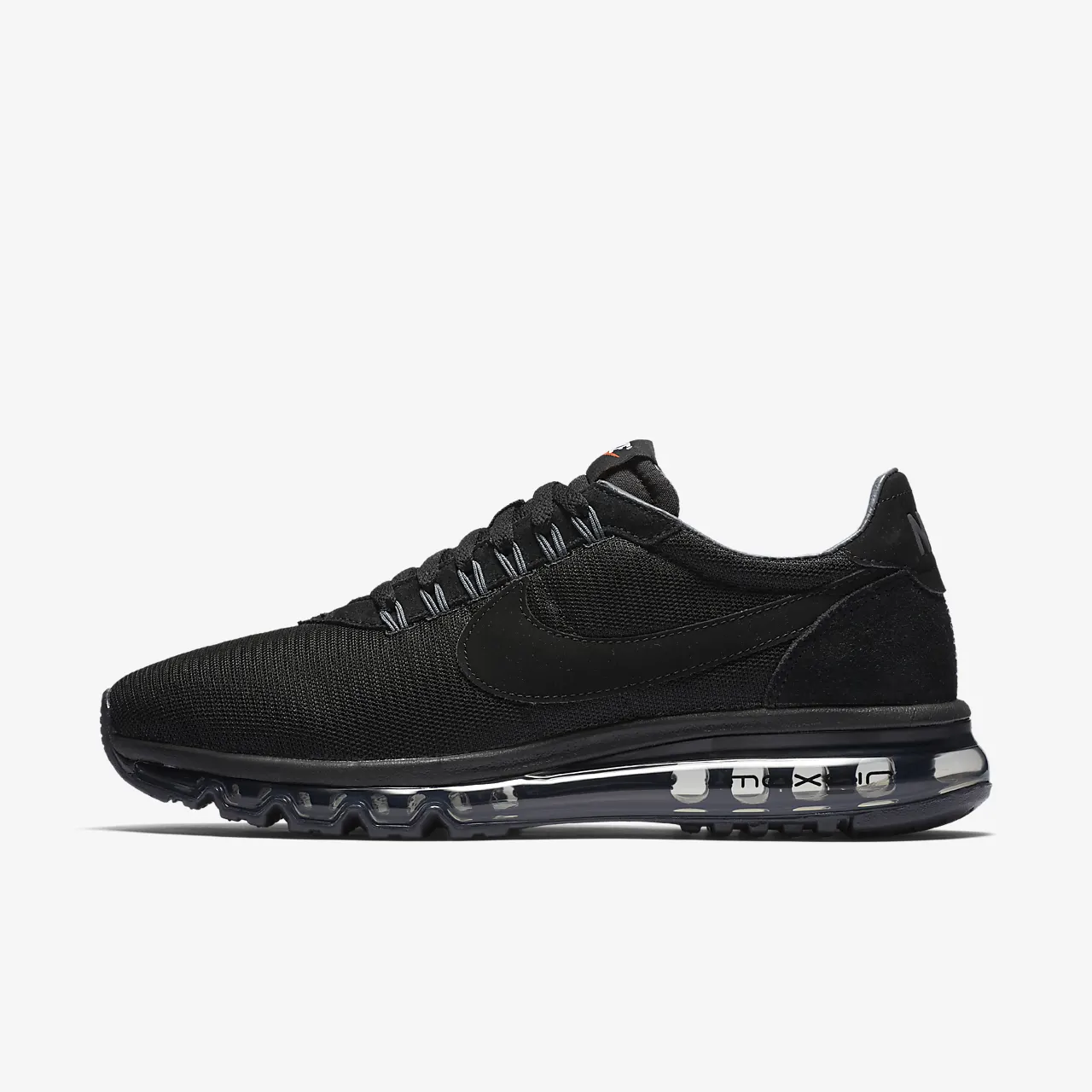The world of running and athletic shoes is vast and filled with various technologies and designs aimed at enhancing performance and comfort. One trend that has gained traction in recent years is the concept of zero drop shoes. Among the brands making waves in this arena, Nike stands out with its innovative designs and technology. Nike zero drop shoes offer a unique blend of performance, comfort, and style that appeals to a broad range of athletes, casual wearers, and fitness enthusiasts.
In this article, we will delve into the intricacies of Nike zero drop shoes, discussing their features, potential benefits, best practices for use, comparisons with traditional shoes, and more.
What Are Zero Drop Shoes?
To understand Nike zero drop shoes, it is essential to know what zero drop means. The term ‘zero drop’ refers to the height differential between the heel and the forefoot of the shoe. In zero drop shoes, both the heel and the forefoot sit at the same height from the ground.
The Origin of Zero Drop Design
The zero drop shoe design has its roots in natural movement and biomechanics. Conventional running shoes often feature a raised heel, which can affect the wearer’s stride and posture. Zero drop shoes, on the other hand, aim to promote a more natural walking and running style, aligning the foot closer to its natural position. This design encourages a midfoot strike, which is often considered more efficient and less impactful on the joints.
Features of Nike Zero Drop Shoes
Nike zero drop shoes come packed with a myriad of features designed to enhance performance and comfort. Here are some of the standout elements:
Lightweight Construction
One of the hallmarks of many Nike shoes, including those designed with a zero drop, is their lightweight materials. A lightweight shoe reduces fatigue, allowing athletes to maintain their performance over longer periods. The minimalist design used in constructing these shoes accentuates their agile feel, making them suitable for both casual wear and serious athletic performance.
Breathable Upper
Nike places a significant emphasis on breathability in its zero drop models. The upper part of the shoe is often made with mesh or other breathable materials, allowing for optimal airflow. This feature is particularly crucial for runners during long-distance workouts, helping to keep feet cool and dry and minimizing the risk of blisters.
Responsive Cushioning
Although the term ‘zero drop’ might imply a lack of cushioning, Nike integrates advanced cushioning systems within their zero drop models. This technology provides responsive shock absorption, allowing for a comfortable experience during activities without sacrificing the benefits of a flat heel.
Benefits of Nike Zero Drop Shoes
Nike zero drop shoes offer several potential benefits that can be advantageous for a wide range of users.
Improved Posture and Alignment
One of the primary benefits of using zero drop shoes is improved posture and alignment. Traditional shoes often encourage an altered gait, leading to a chain reaction of poor posture from the feet to the rest of the body. In contrast, Nike zero drop shoes promote a neutral foot position, enabling runners and walkers to maintain an upright posture that can enhance overall body alignment.
Reduced Impact on Joints
Switching to zero drop shoes can reduce the impact on joints during running or walking. The natural foot positioning facilitates a midfoot or forefoot strike, which tends to distribute shock more evenly across the foot. This change can potentially alleviate stress on the knees and hips, making it an attractive option for those recovering from injuries or looking to reduce wear and tear on their bodies.
Enhanced Ground Feel
Nike zero drop shoes are designed to provide a better ground feel, allowing wearers to connect more intimately with the surface beneath their feet. This level of sensitivity can enhance balance and proprioception—awareness of body position—which can be a game-changer for athletes who require agility and quick directional changes.
Considerations When Transitioning to Zero Drop Shoes
While the benefits of Nike zero drop shoes are notable, transitioning from traditional shoes to zero drop footwear should be approached with caution. Here are some key considerations:
Gradual Transition
For those used to wearing traditional running shoes with a substantial heel drop, a sudden switch to zero drop shoes may lead to discomfort or injury. It’s generally recommended to make the transition gradually over several weeks, allowing time for your muscles, tendons, and ligaments to adjust to the new biomechanics.
Listen to Your Body
As you begin to break in your new Nike zero drop shoes, it’s essential to listen to your body’s signals. If you experience discomfort or pain, it may be a sign that you’re pushing your limits too quickly. Reducing the intensity and duration of your activities while adapting can help prevent injuries.
Focus on Form
With a style of footwear designed to encourage a more natural gait, adapting your running or walking form is crucial. It may be beneficial to work with a coach or specialist who can provide guidance and feedback on your technique, ensuring that you’re effectively utilizing the advantages of the zero drop design.
Popular Nike Zero Drop Models
Nike offers several models that showcase their zero drop technology effectively. Below are some of the popular options that highlight the best features of Nike zero drop shoes.
Nike Free RN
The Nike Free RN series is designed for those who love a minimalist feel while maintaining a robust structure. These shoes incorporate Nike’s Flyknit technology, which offers a snug fit while ensuring breathability and flexibility. Their zero drop design allows for an ultra-natural running experience, making them ideal for both casual joggers and serious runners.
Nike React Infinity Run
While the Nike React Infinity Run features a slightly heightened midsole, it retains a zero drop feel, thanks to its unique design. The responsive cushioning promotes a natural stride, and the plush feel of the React foam adds comfort. This model is often recommended for those seeking a blend of cushioning and natural movement in a zero drop context.
Nike Pegasus Trail
For those who enjoy off-road running, the Nike Pegasus Trail series provides a solid zero drop option. These shoes balance ruggedness with breathability and comfort, making them suitable for various terrains. The versatile design caters to runners who appreciate the benefits of a zero drop experience while tackling more challenging environments.
 Customer Experiences and Feedback
Customer Experiences and Feedback
Consumer feedback on Nike zero drop shoes is largely positive, with many users lauding the comfort and performance aspects. Here are some common sentiments echoed among customers:
Comfort Level
Many runners express satisfaction with the instant comfort that Nike zero drop shoes offer. The absence of excessive cushioning allows for a more natural feel, which is often beneficial, especially during longer runs. Customers appreciate the lightweight materials, as they contribute significantly to the overall comfort during prolonged use.
Versatility
Another point of praise is the versatility of Nike zero drop shoes. Many customers report using them not just for running but also for various other forms of exercise, including cross-training and casual wear. The stylish designs allow runners to transition seamlessly from athletic activities to everyday tasks.
Durability and Quality
Nike has established a reputation for high-quality products, and their zero drop shoes are no exception. Consumers frequently highlight the durability of the materials, noting that they can withstand the rigors of intensive use without significant wear and tear.
The Future of Zero Drop Technology
As the interest in minimalism and natural running continues to grow, the future of zero drop technology looks promising. Nike remains at the forefront of this trend, and their dedication to innovation ensures that they will continue to explore ways to enhance the performance and comfort of their products.
A Shift in Running Culture
With an increasing number of athletes and casual runners embracing the concept of zero drop footwear, it’s clear that there’s a paradigm shift happening within the running community. Educational outreach on the benefits of good posture, natural movement, and appropriate footwear will likely continue to grow. Nike’s contributions to this change are shaping not only the products available in the market but also the conversations around biomechanics and injury prevention.
Innovations in Material and Design
As technology continues to evolve, Nike is likely to explore more advanced materials and design techniques. Innovations in synthetic materials, smart fabrics, and environmentally sustainable practices could shape the future of Nike zero drop shoes. This forward-thinking approach could enhance the overall user experience and further solidify Nike’s position as a leader in the athletic footwear industry.
Conclusion
Nike zero drop shoes represent an exciting blend of innovation, performance, and style, catering to the modern athlete’s needs. With features designed to improve posture, align body mechanics, and reduce impact on joints, these shoes hold the potential to enhance the overall running experience significantly.
Transitioning to zero drop footwear is not without its challenges, but with careful consideration, gradual adoption, and attention to body mechanics, many can benefit from the transformation that Nike zero drop shoes can offer. As the running community and footwear technology continue to evolve, the future looks bright for both avid runners and casual wearers alike. Whether you’re hitting the trails or simply walking around town, Nike zero drop shoes could be the perfect fit for your footwear needs.


